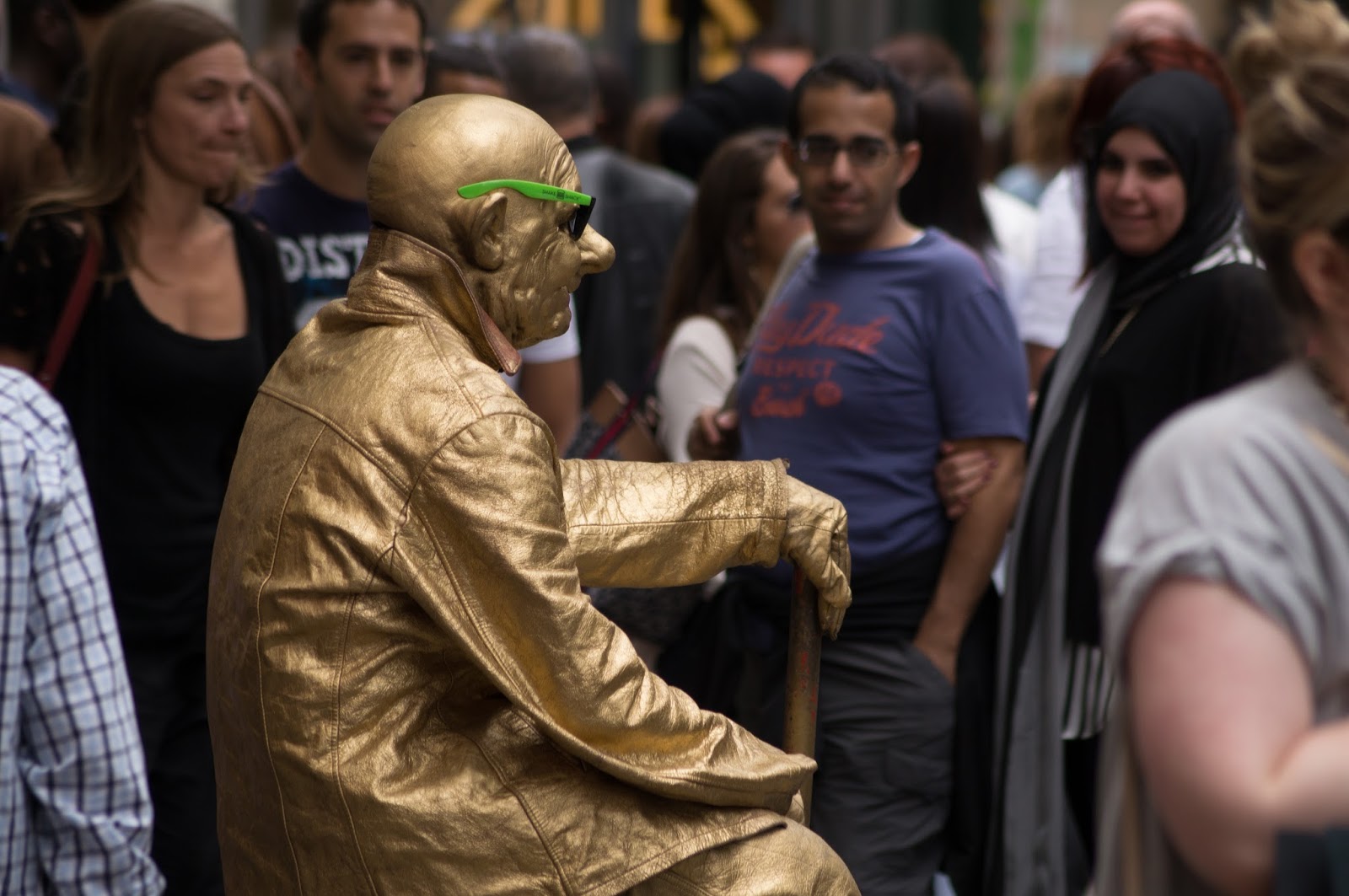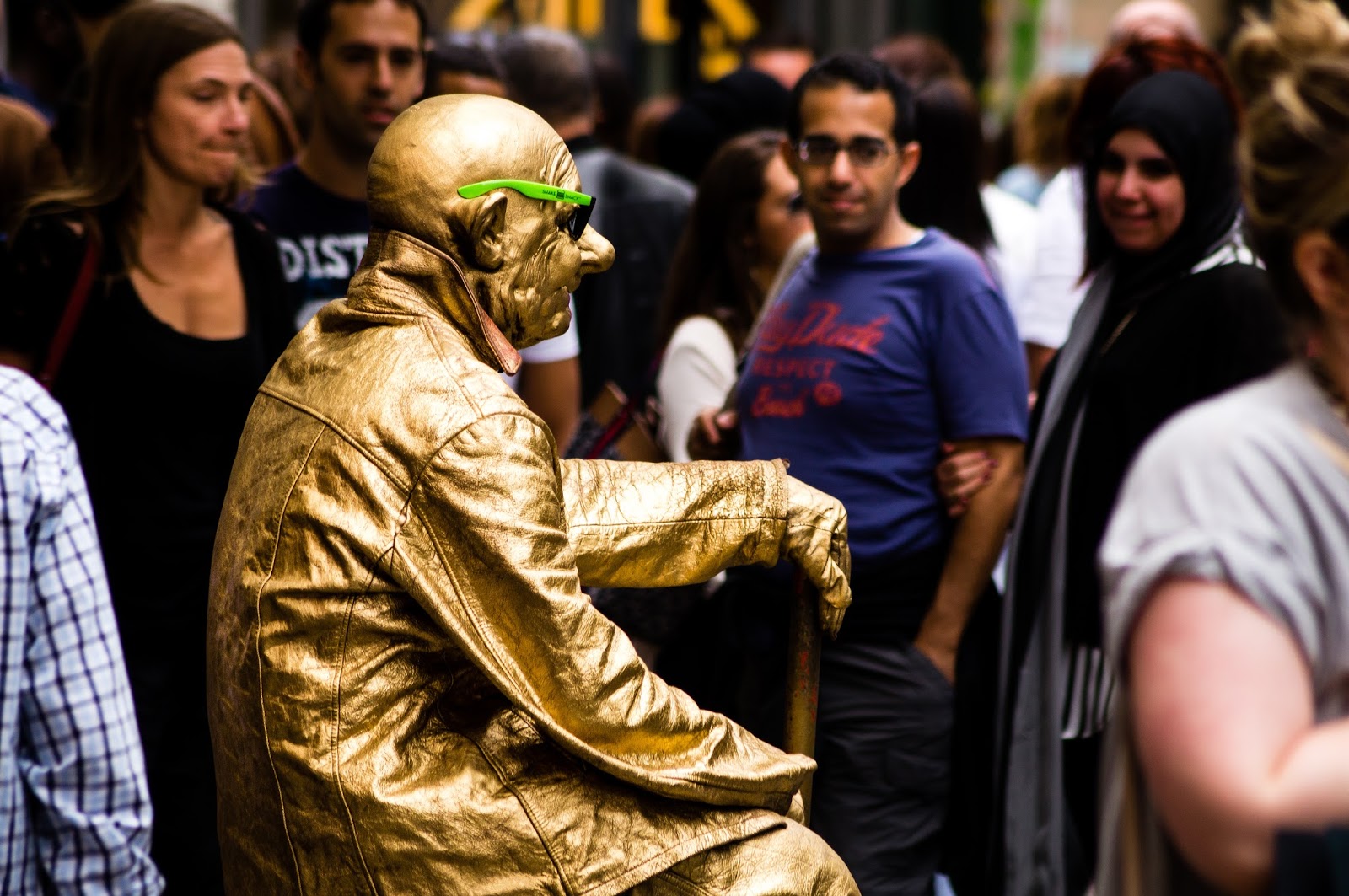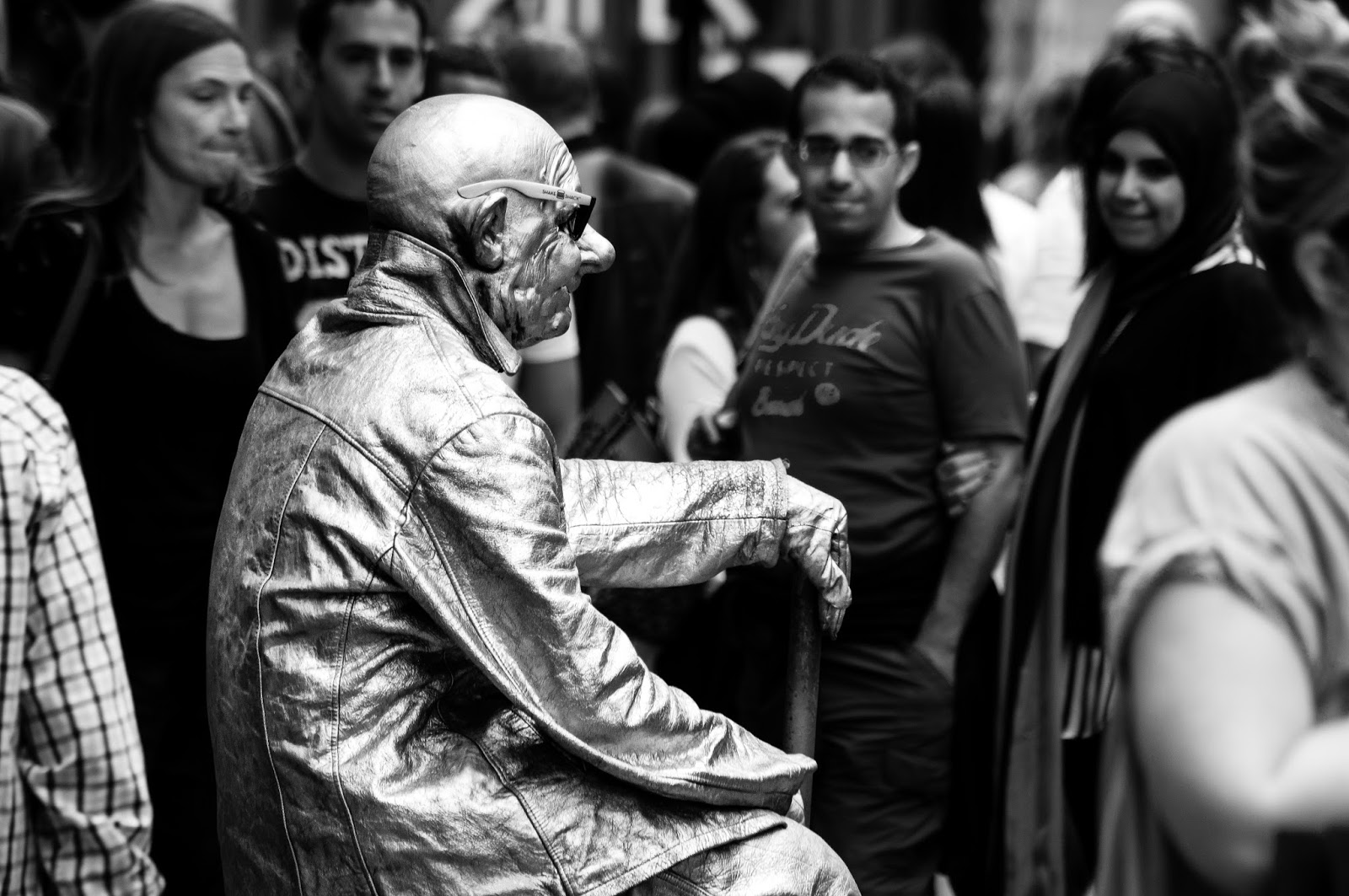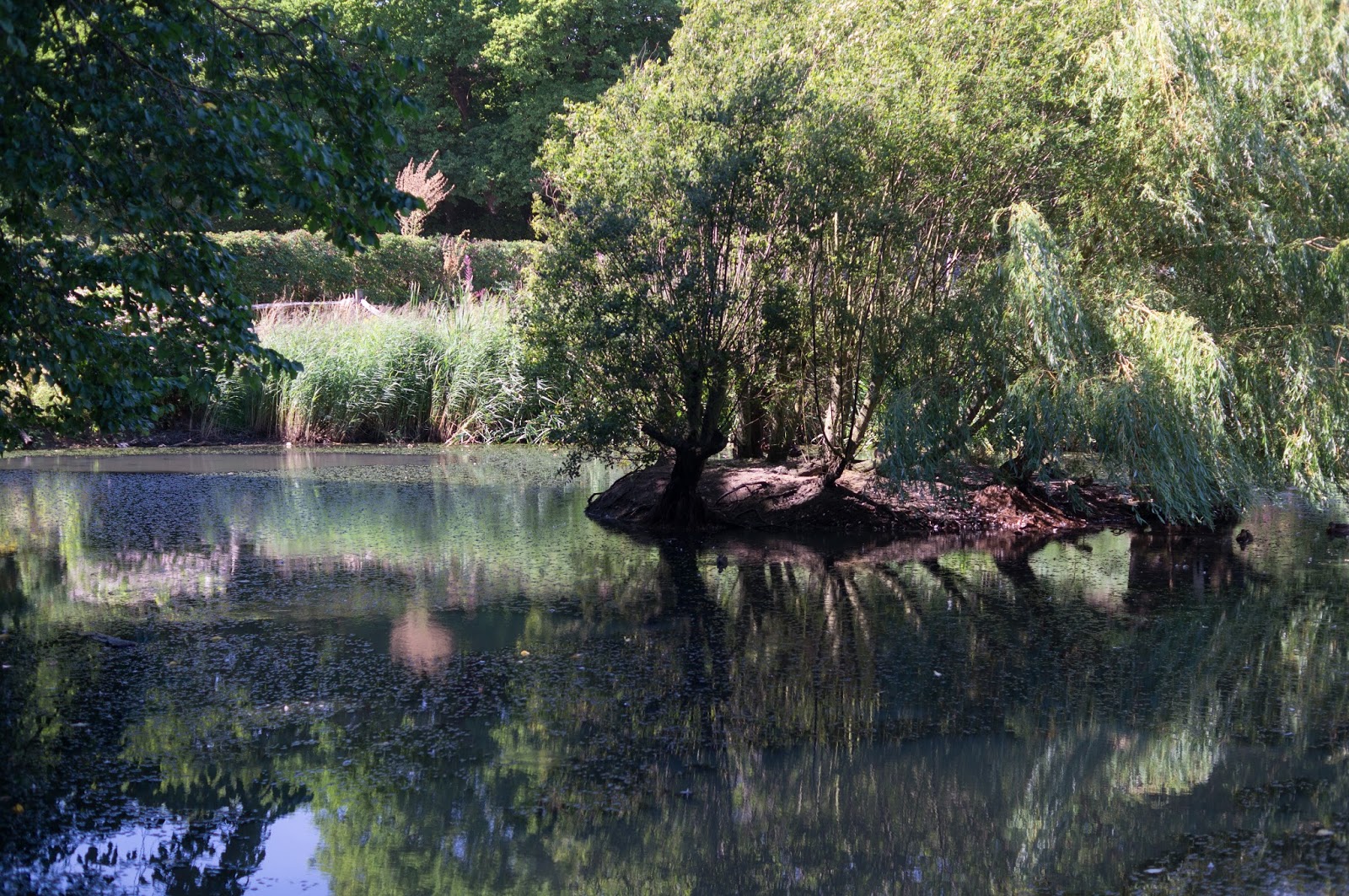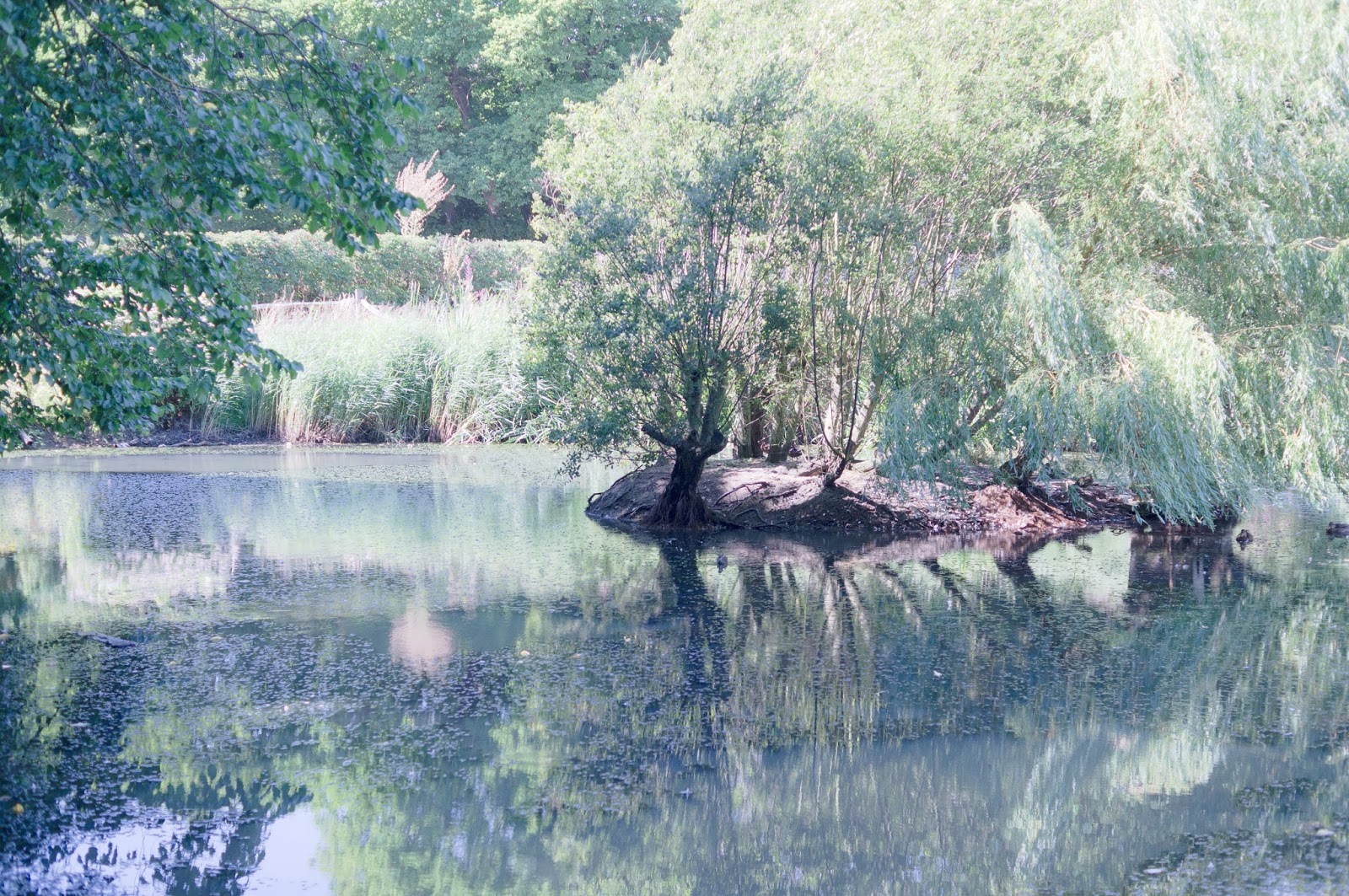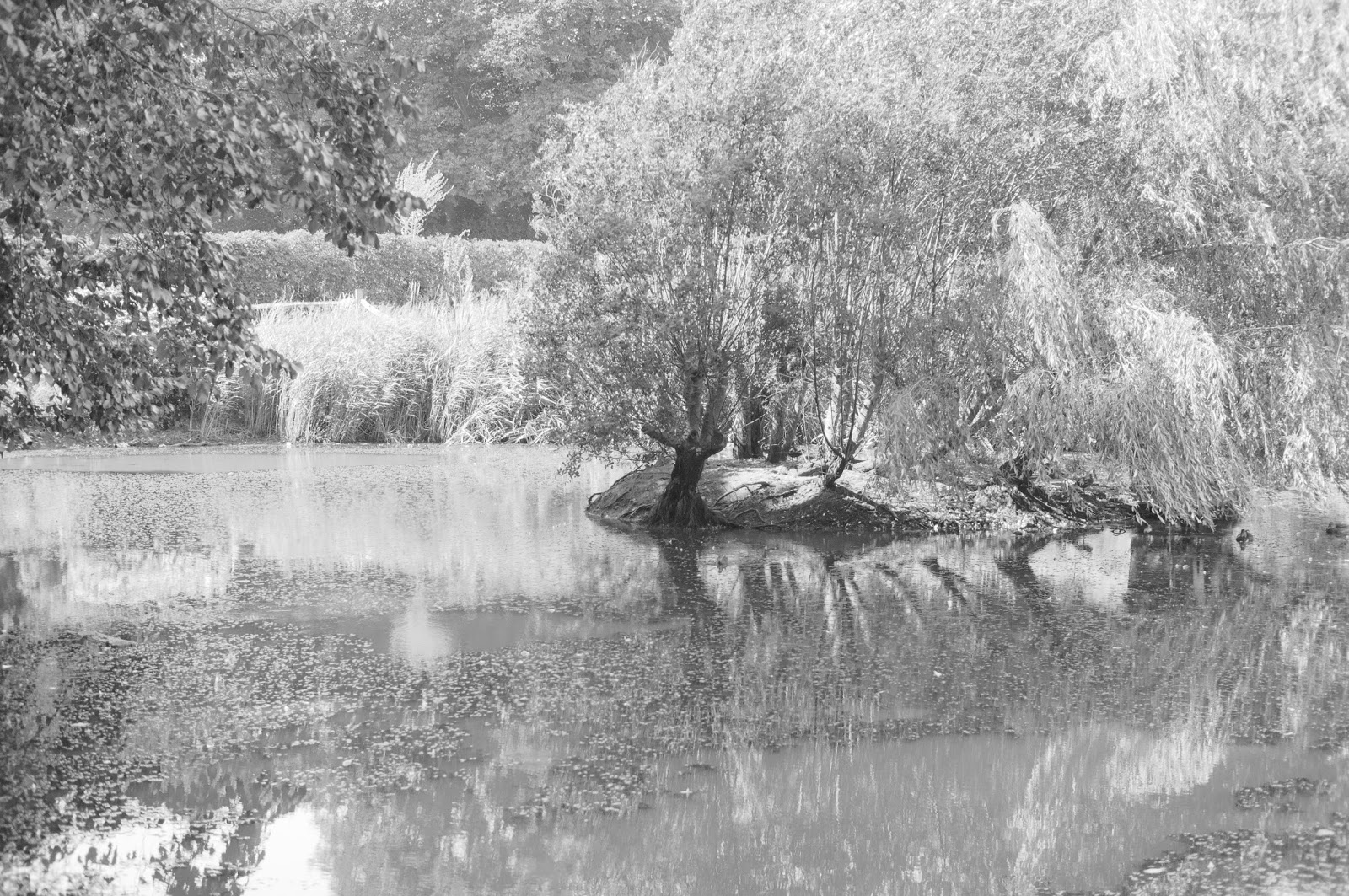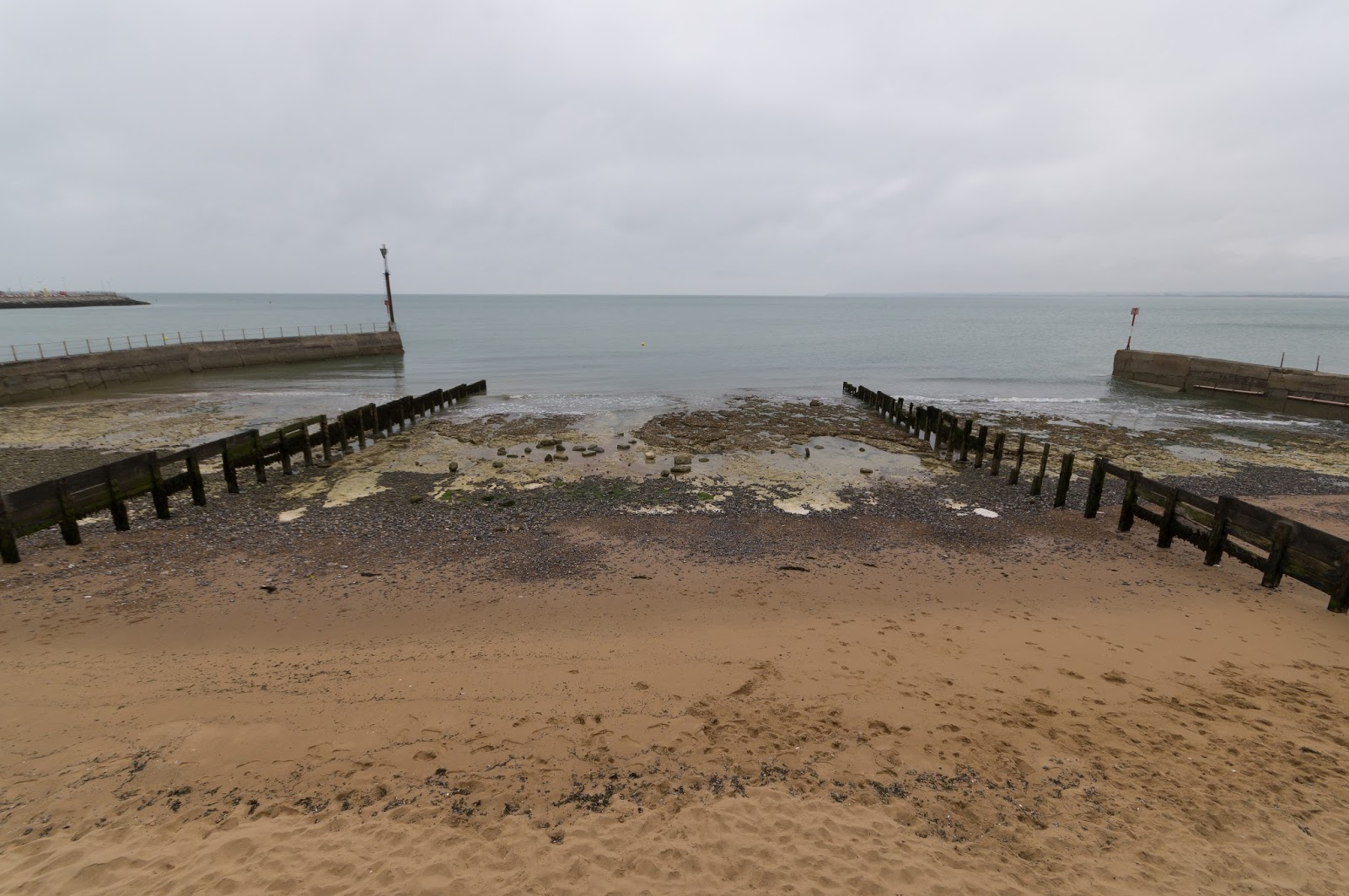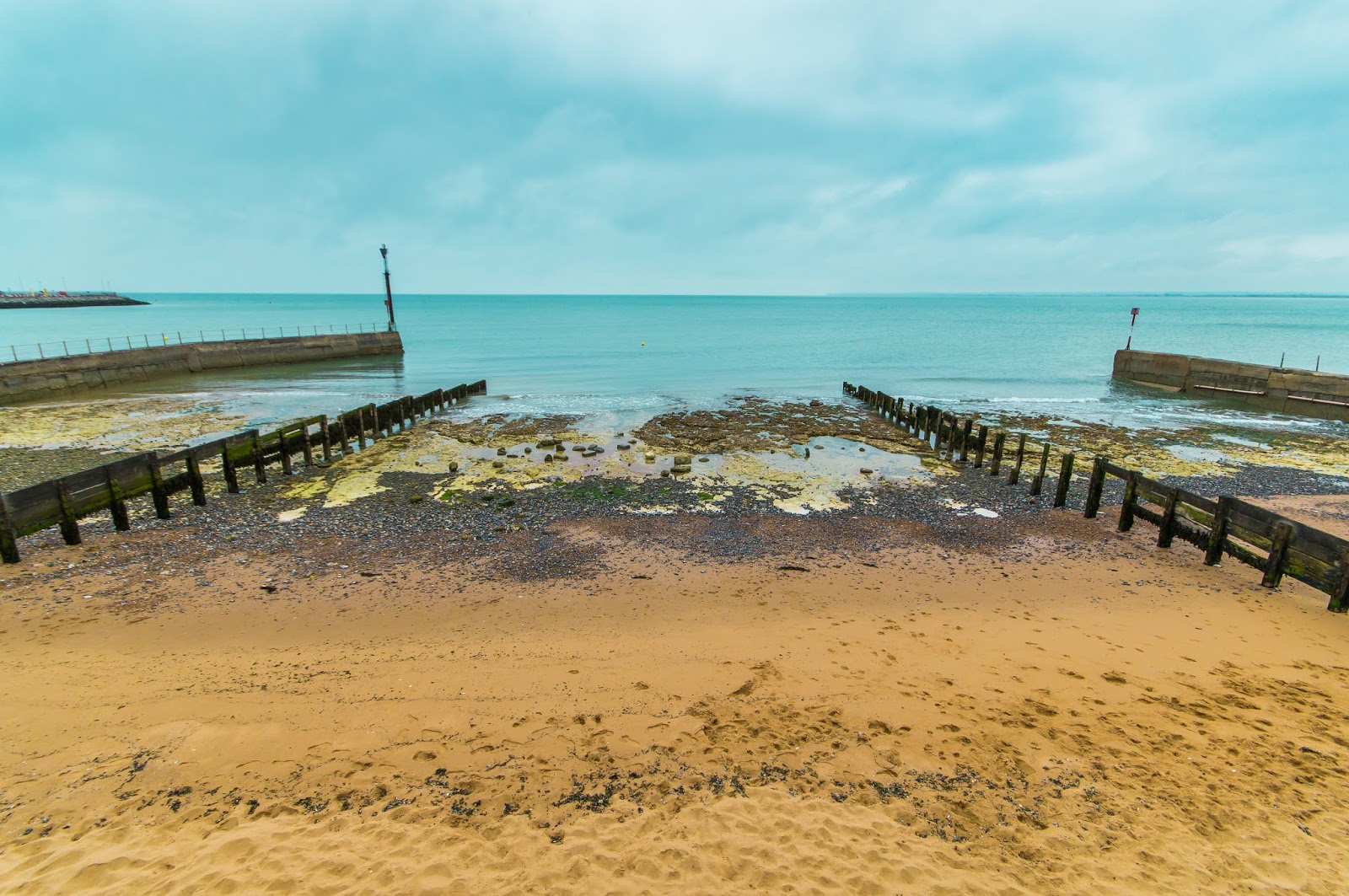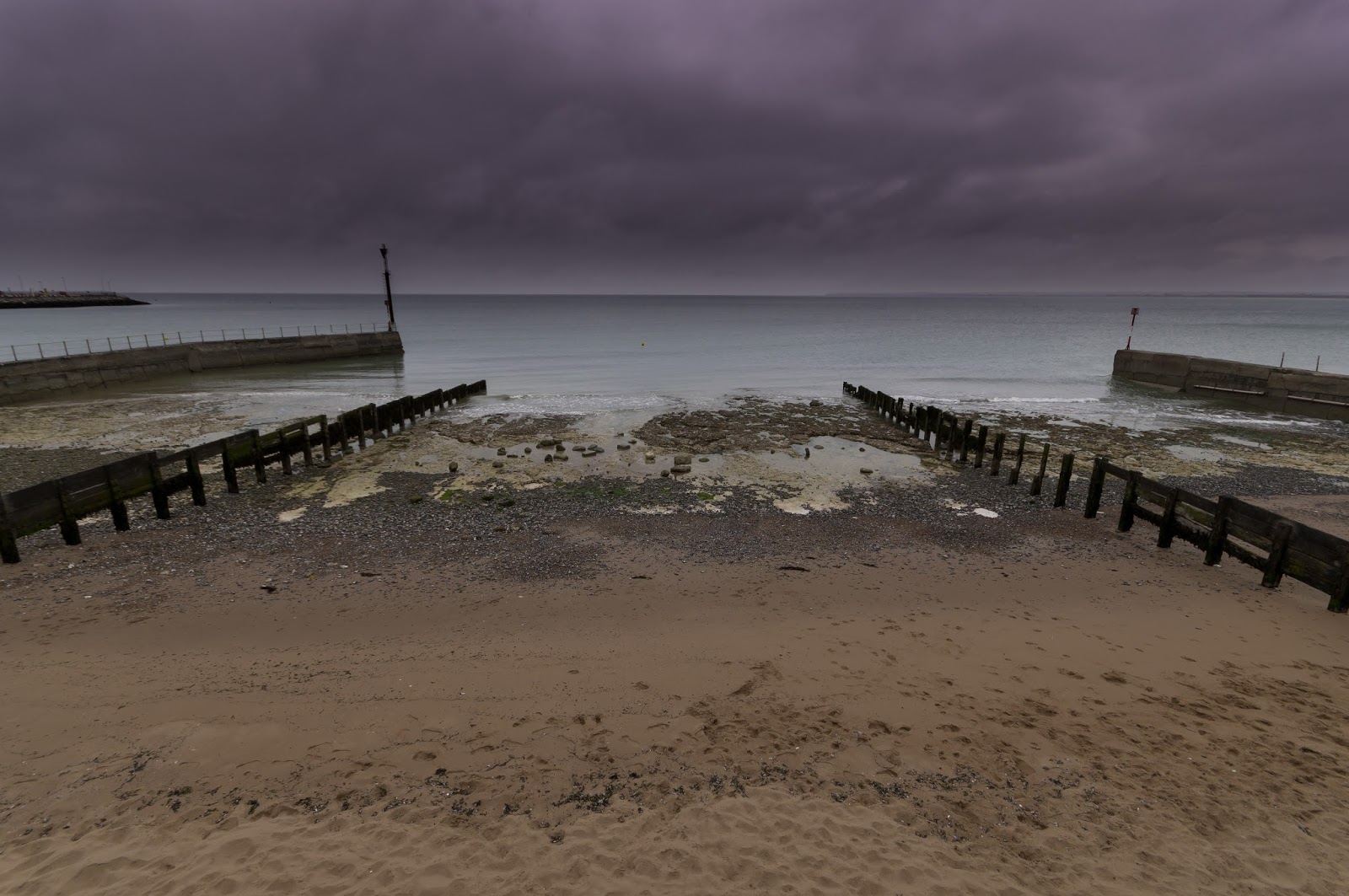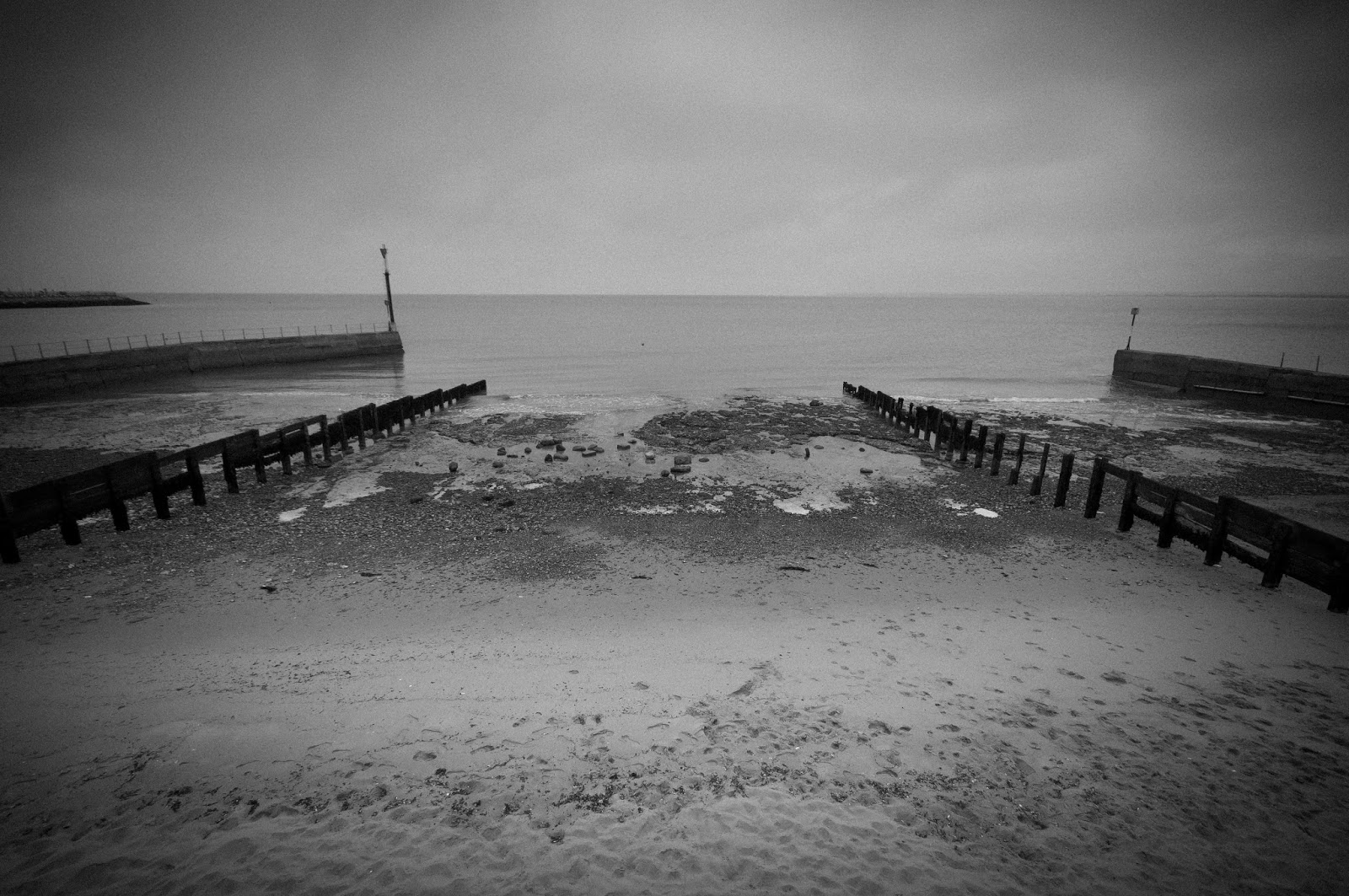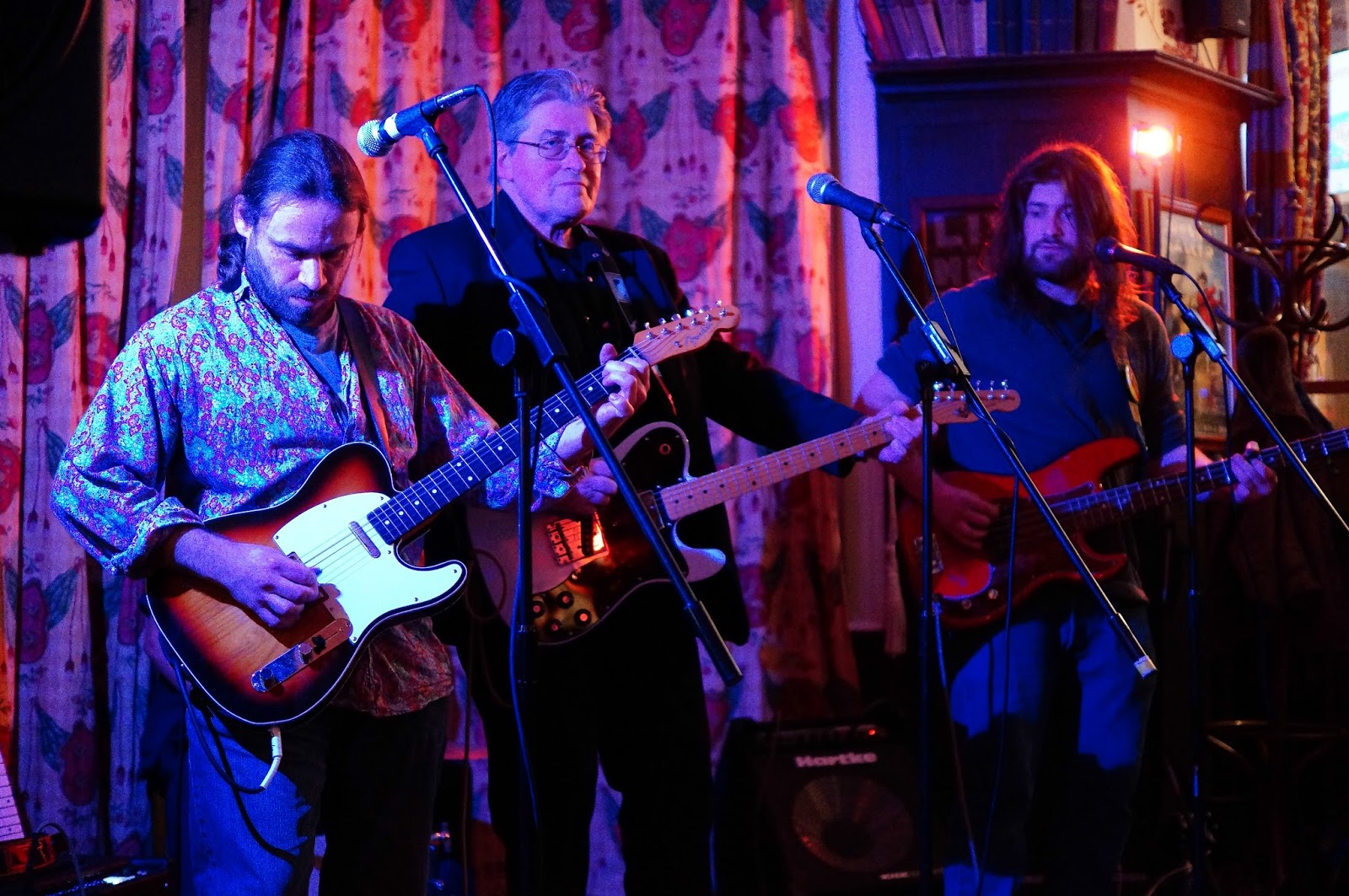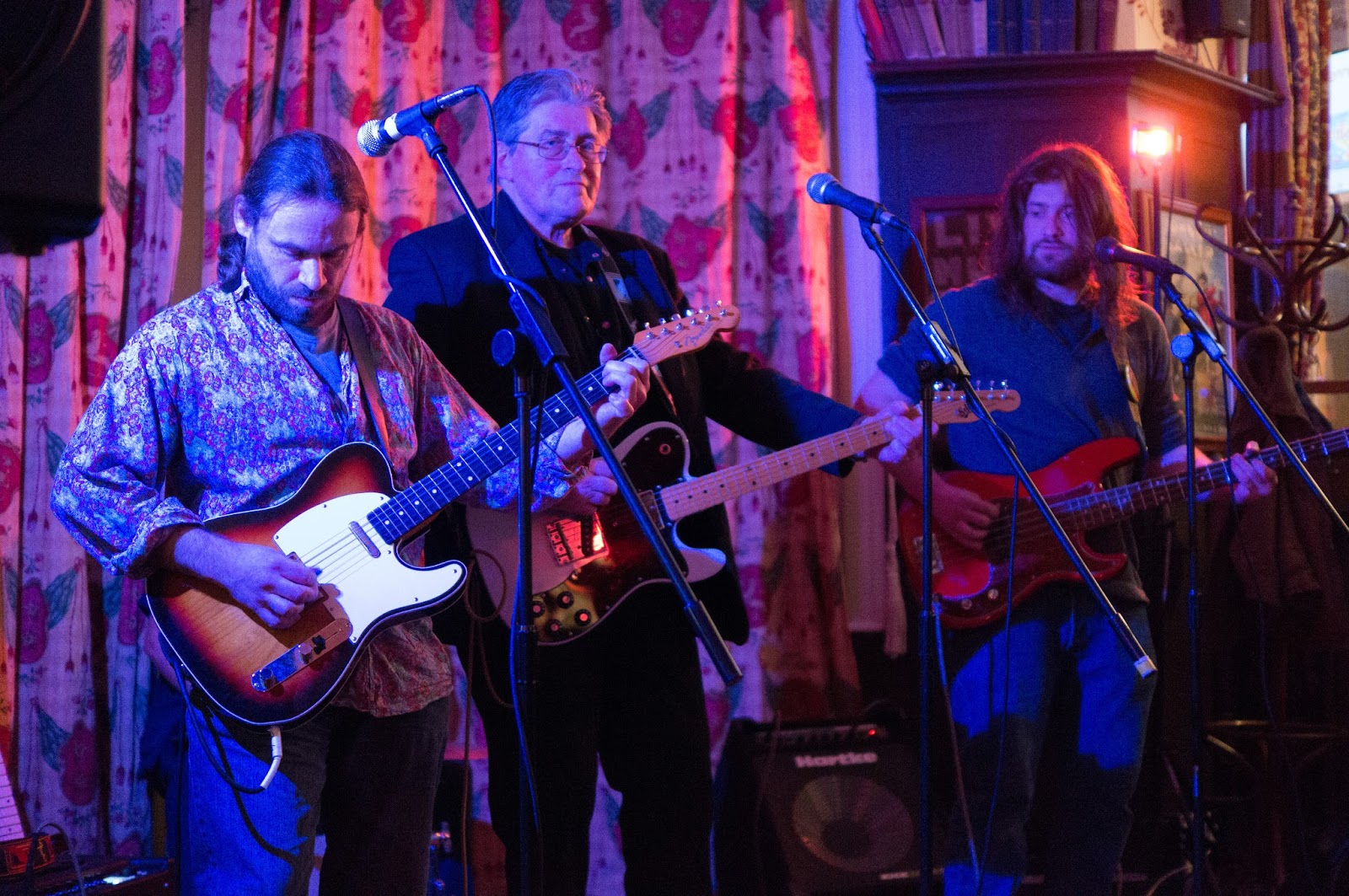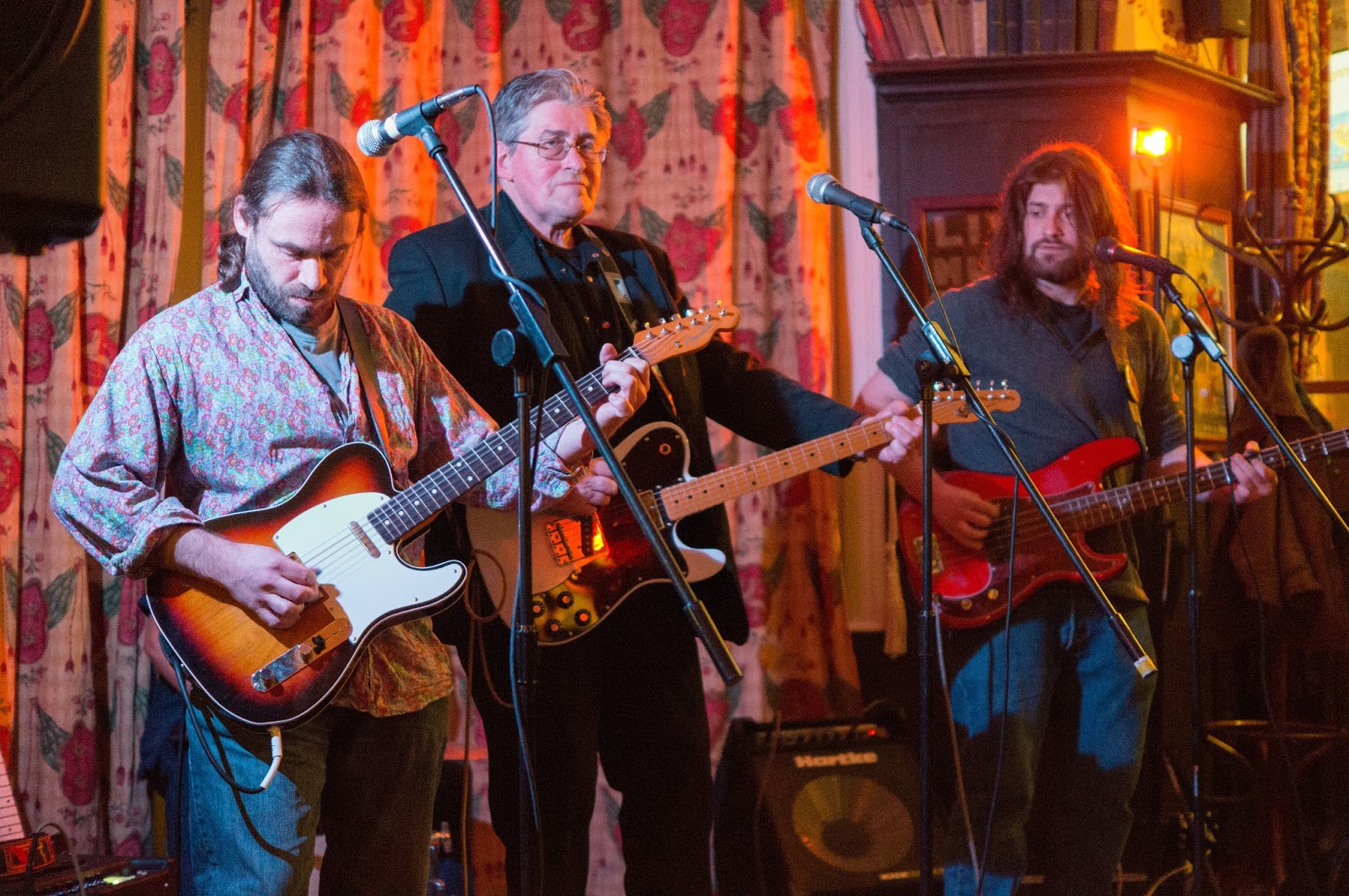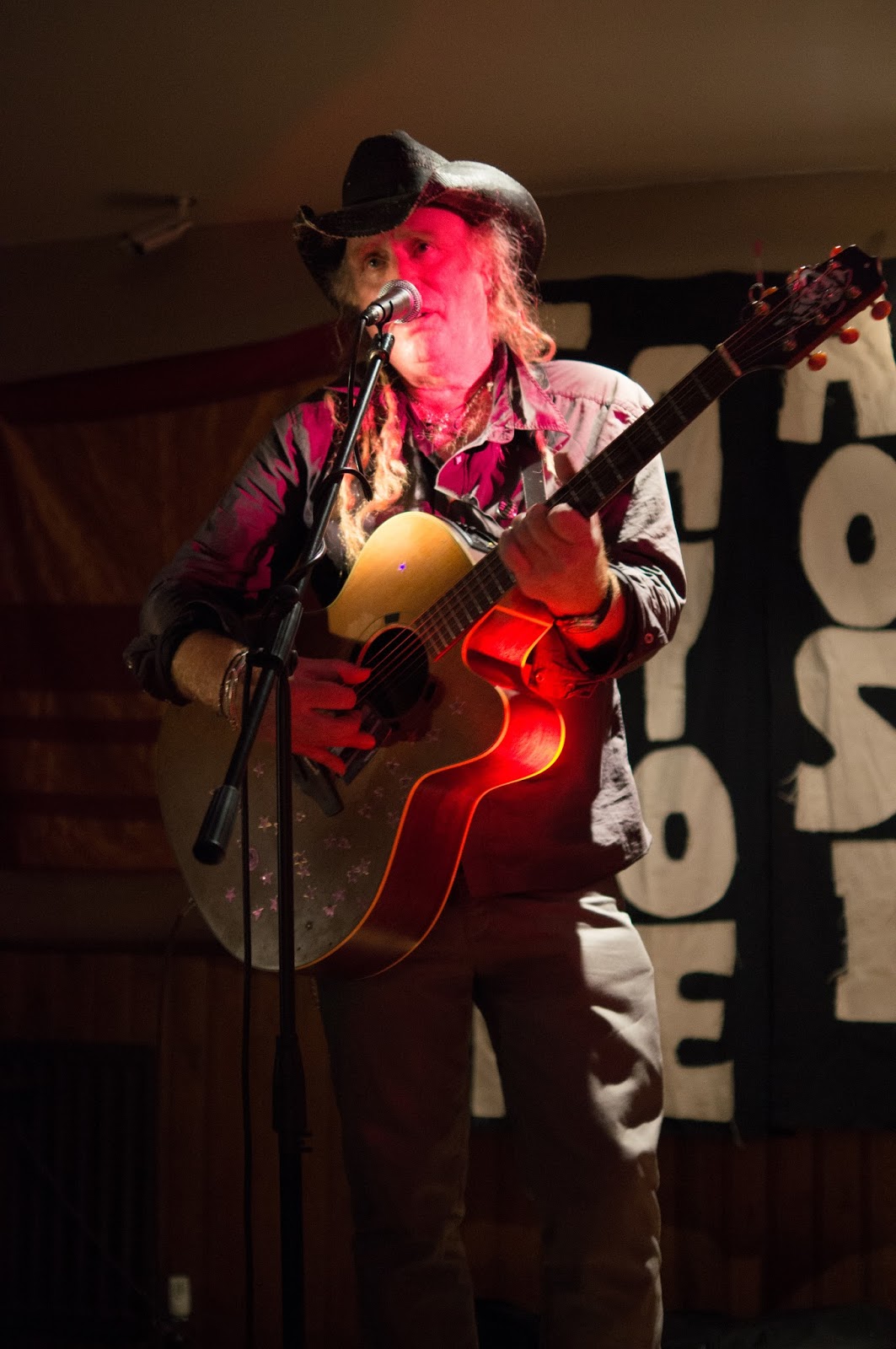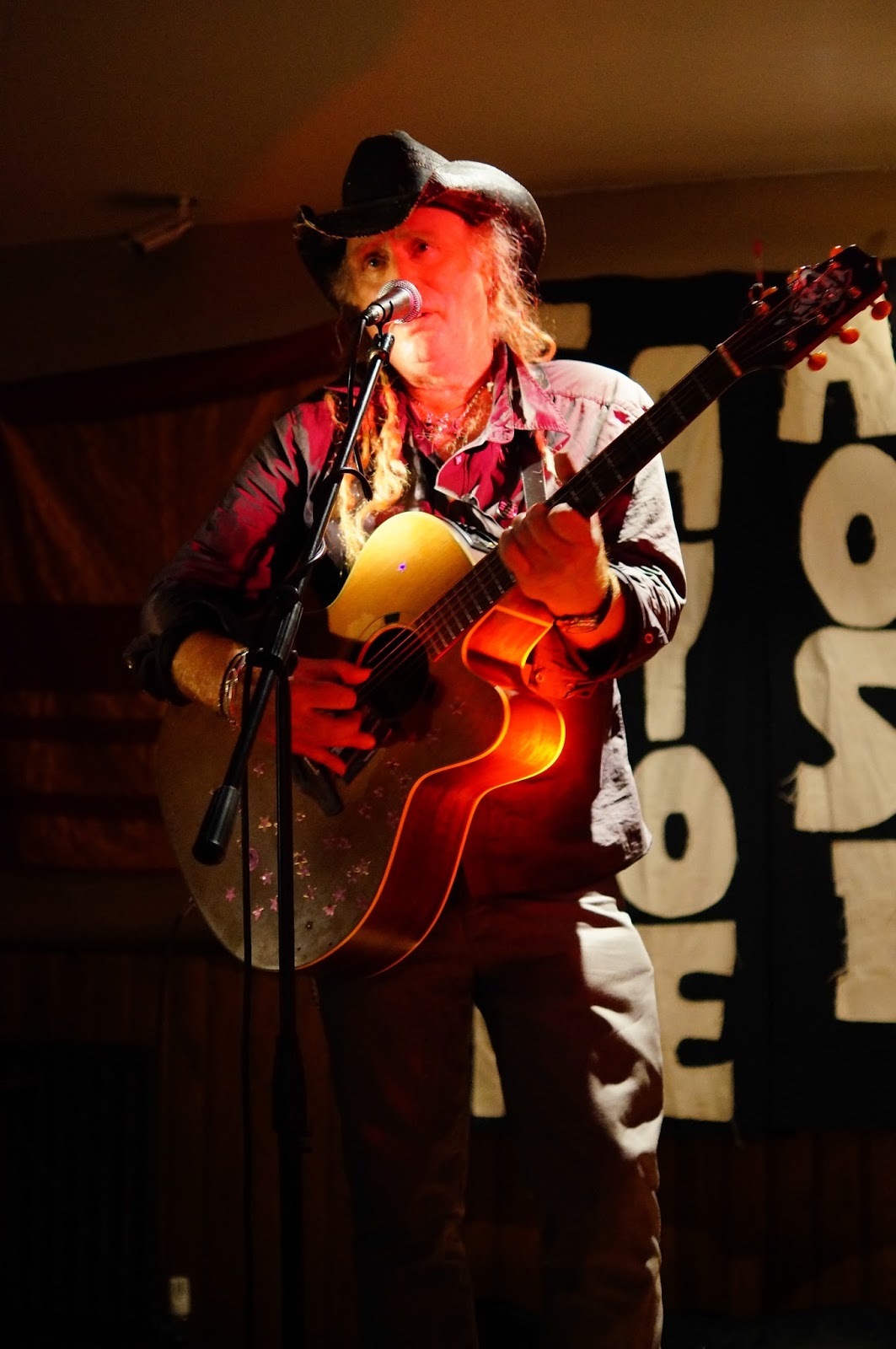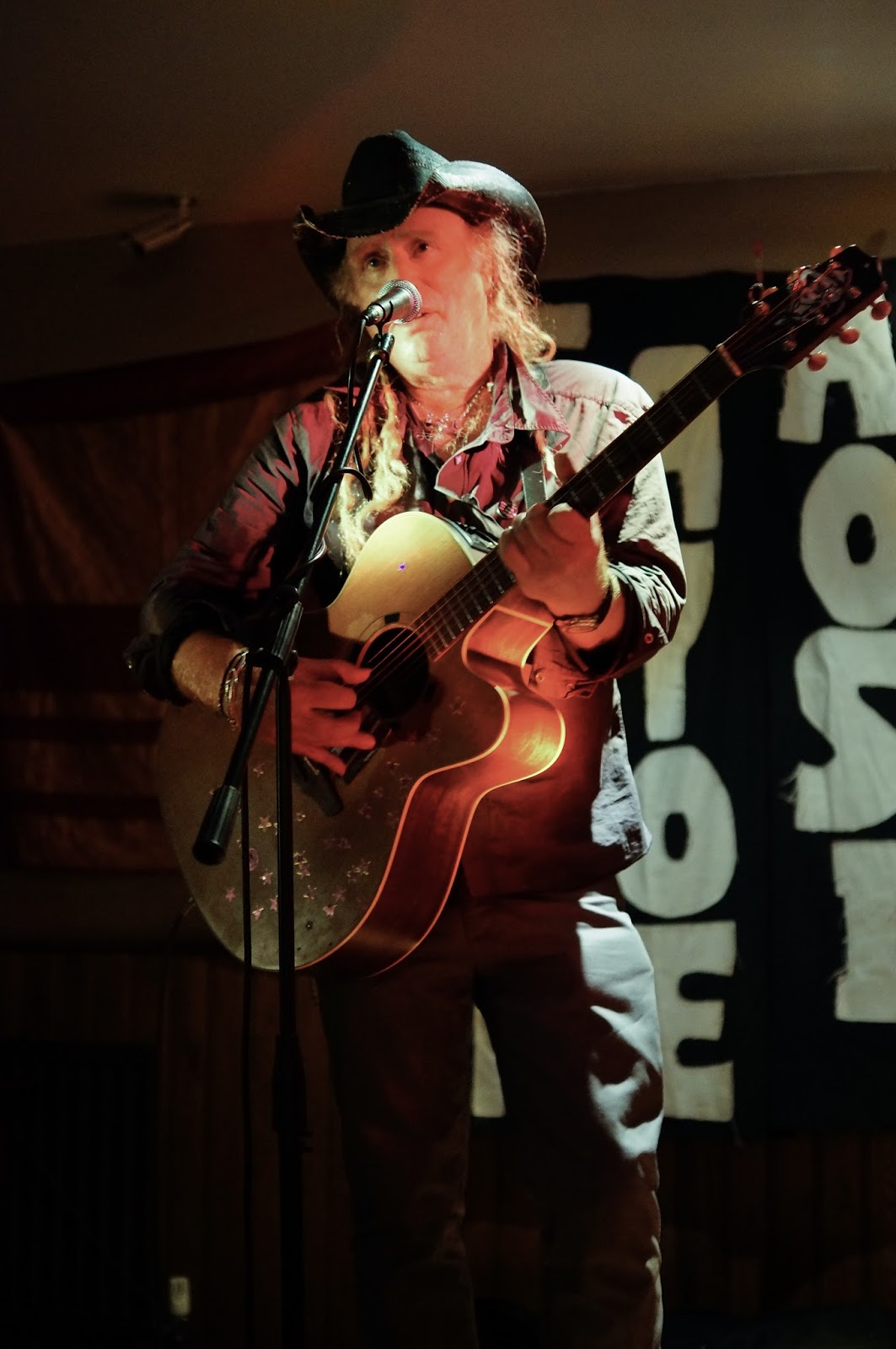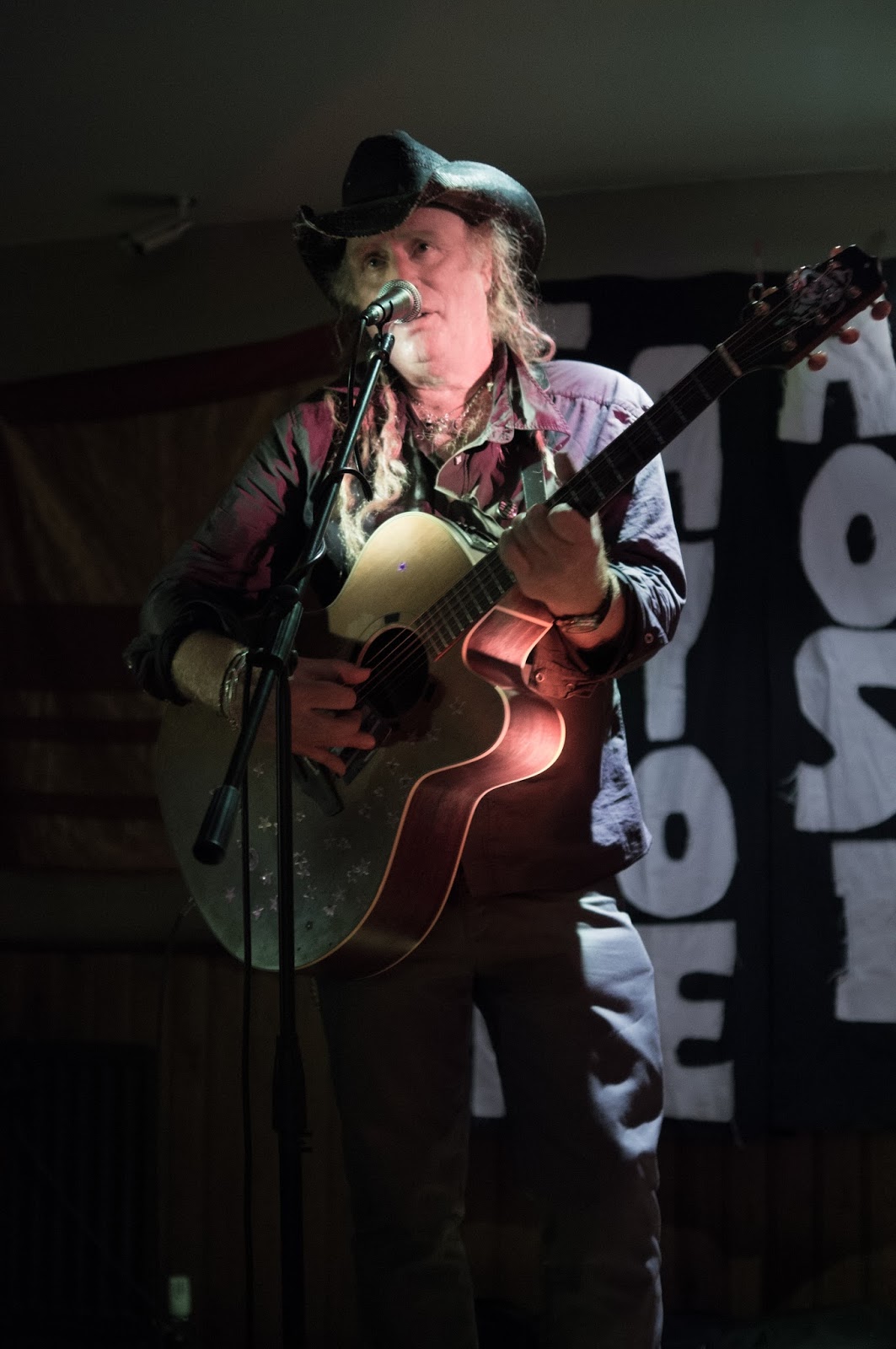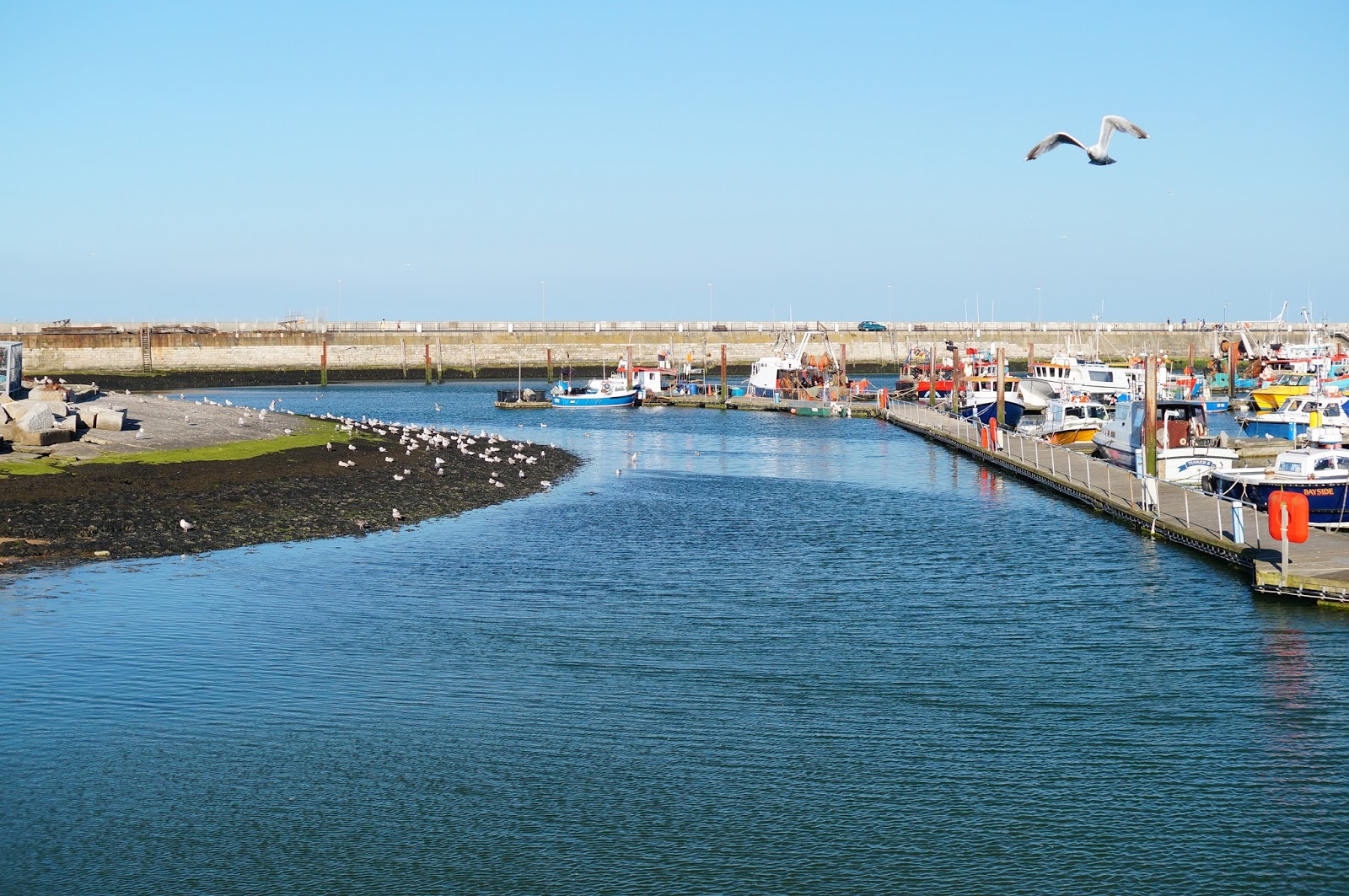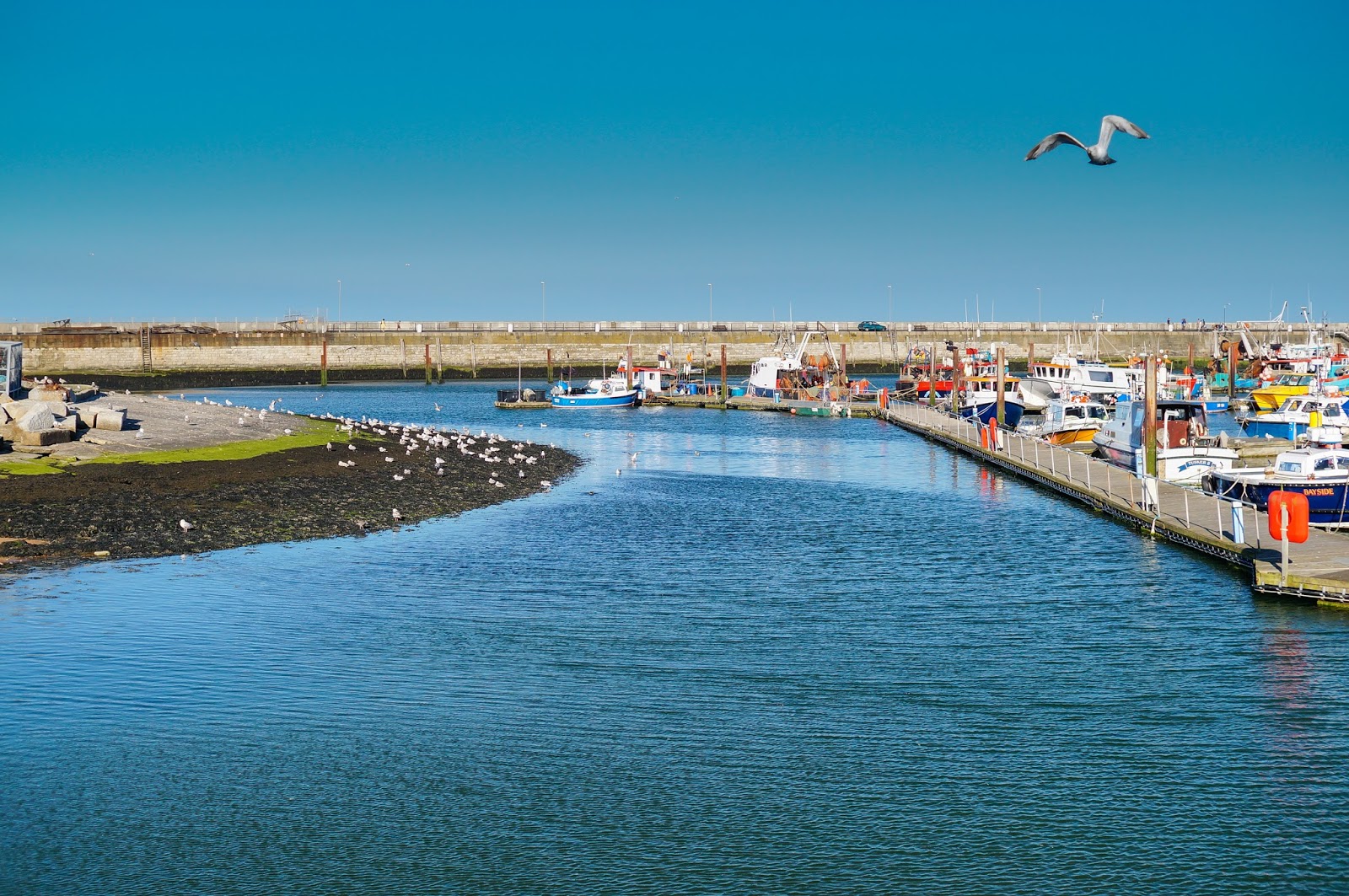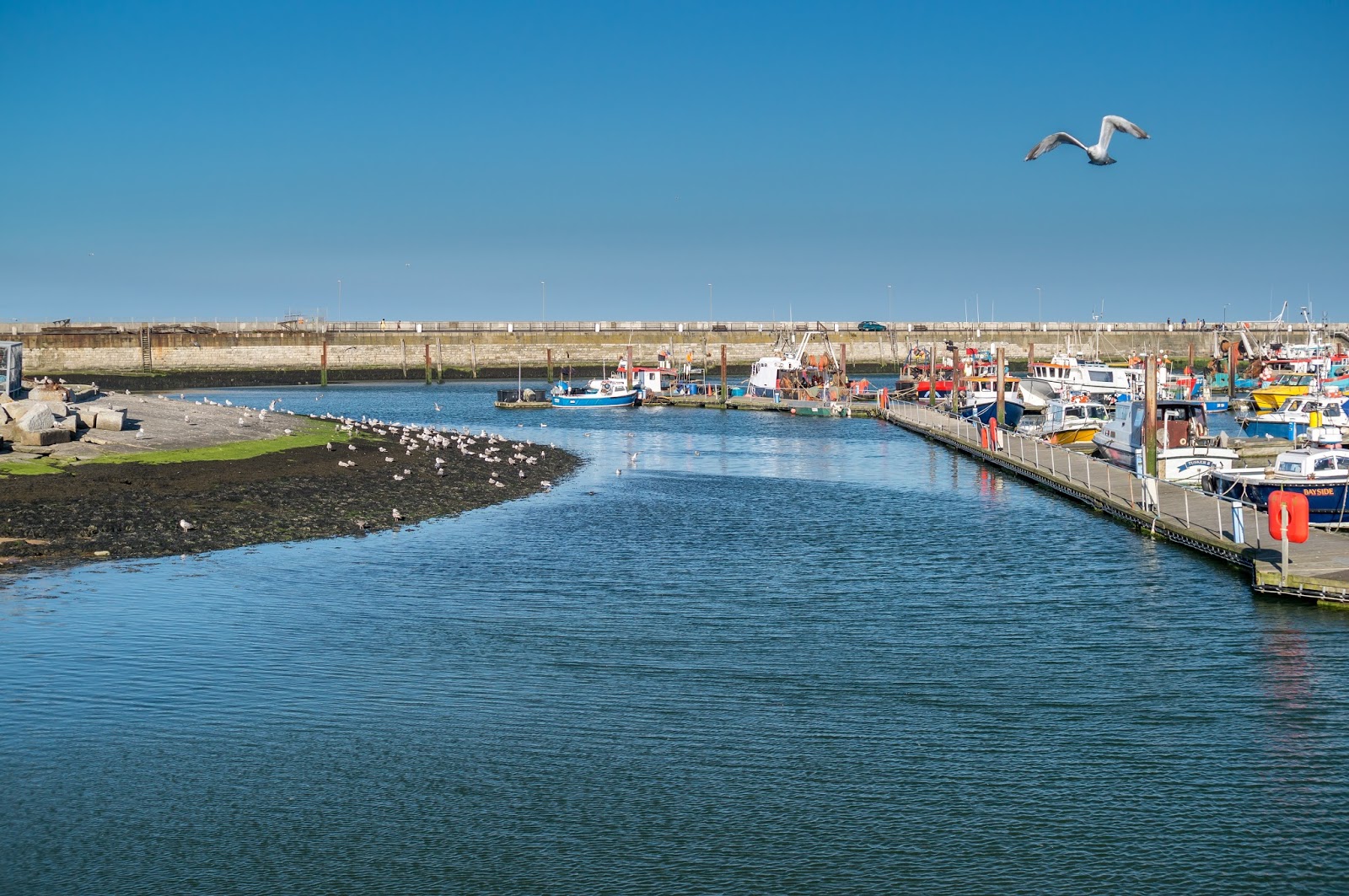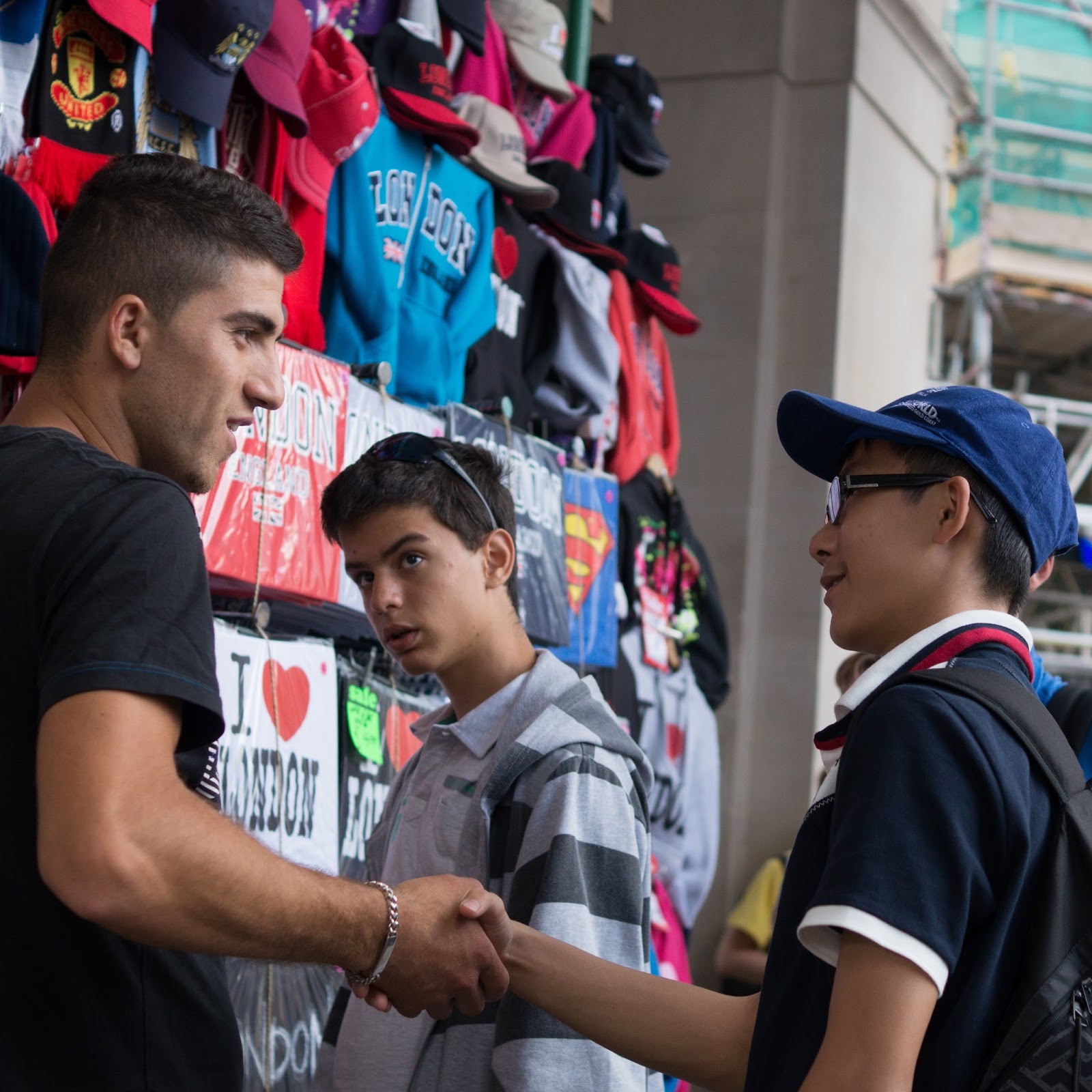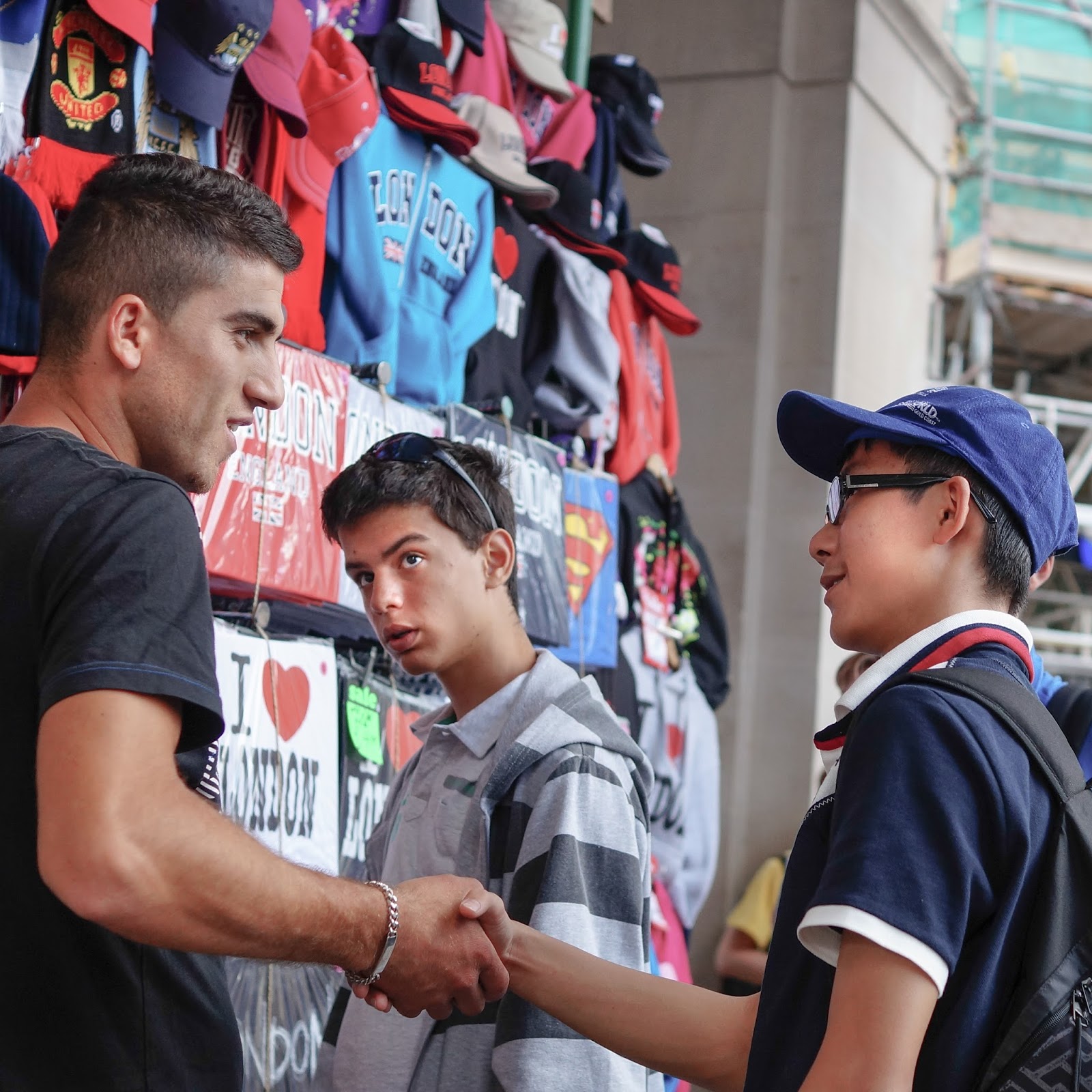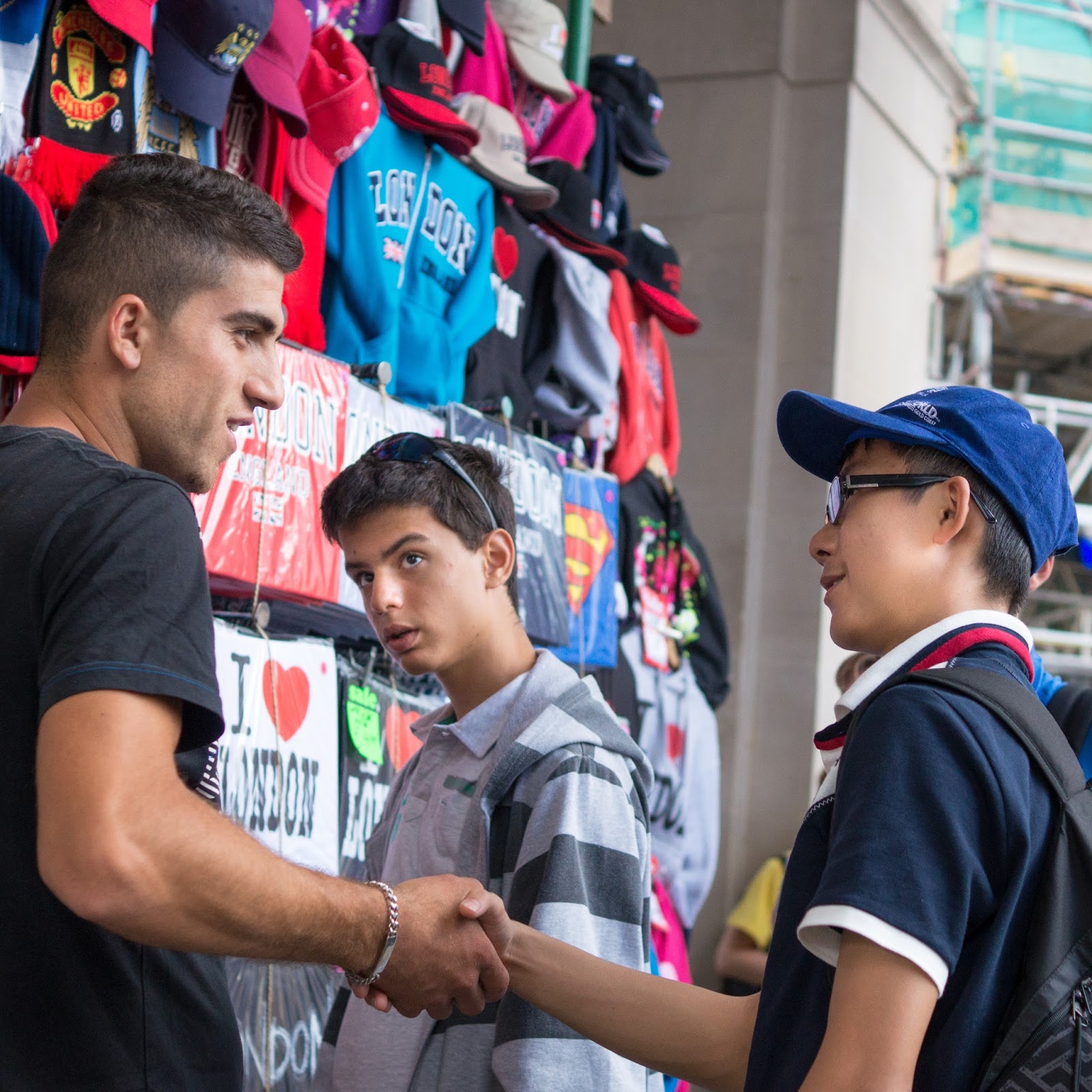Having received feedback from my tutor concerning my second assignment for DPP, everything my tutor said made sense. More importantly these observations and suggestions made certain areas I could improve in for further projects much more lucid in my own head.
The dominant impression I got from my tutor's feedback was there was definitely room for improvement concerning creativity. I had recently established that researching other photographers' work would be key here as I had been reading a book called 'Behind the Image' by N. Caruana and A. Fox. There they professed the importance of research in photography - 'Research and exploration are vital elements of the photographer's practice' - N. Caruana and A. Fox (2012). Gaining insight/influences from other photographers especially - 'Research into the practice of other photographers' 'can reveal a huge volume of material' - N. Caruana and A. Fox (2012) made a lot of sense to me. My tutor had also suggested I would benefit from such research, so it was good to hear two concurring views.
While I completely agreed with my tutor's comments on being creatively minded when going about each assignment and the work leading up to them, I did think for me this creativity had to come after I had a solid basis. By 'solid basis' I was describing doing the less exciting things well; like getting a well-exposed, technically sound image. Then I could improve and elaborate on the same idea creatively. I had presumed going out with the sole intention of being creative for some reason meant the quality of the image suffered.
I was therefore glad I had just partaken in a part of the course that had allowed me to get a 'well-exposed, technically sound' image more confidently and I would hopefully be able to use this 'solid basis' to concentrate on the creative side, which I now have realised in my opinion (and my tutor's) is more important.
One set of images my tutor liked for assignment 2 of DPP were the portraits of the three women:
Part 3 of 5, Assignment 2, DPP. Looking back at the portraits I took for assignment 2, firstly it was apparent to me what my tutor meant regarding resemblances to some of Tom Hunter's work and lots of Johannes Vermeer's paintings. Particularly as with quite a few of Vermeer's portraits, my portraits of the three women all included them doing something like partaking in an activity and making a large presence in the 'frame' (either by their position in the frame or the inclusion of eye contact with the viewer). This boded well in terms of research I could carry out based around these two artists especially and a provided a good personal project for myself.
Also secondly, I recognised that in my eye at least, colour wasn't an important factor with any of the three portraits I had taken. In fact I felt, in particular with the first two (the woman reading the magazine and the woman watching the TV) that they might even benefit from being black and white. This meant I could possibly use this idea in the third assignment.
Lastly, I thought there was room for improvement: creatively and with exploration of the theme. For me this meant coming up with new ideas and putting them into practice in different ways than I usually would have. For example I thought the use of mirrors in a creative manner could be used in the theme of activity I had used for the third part of the second assignment of DPP:
Part 3 of 5, Assignment 2, DPP. Here the idea of someone getting ready for an event (putting on make up etc) in combination with the use of mirrors could help to immerse the viewer within the frame.
